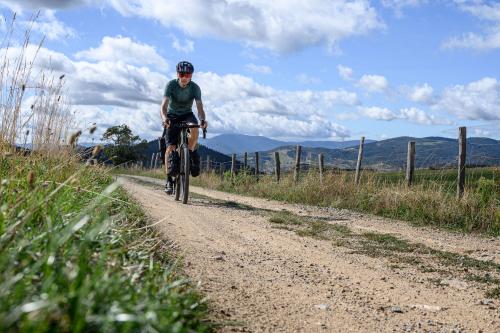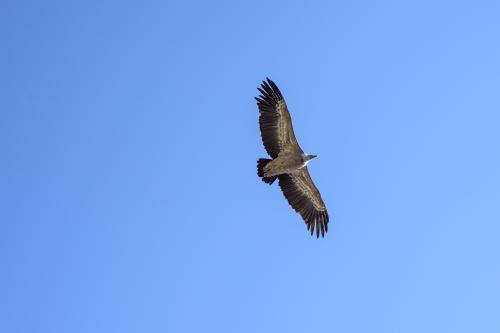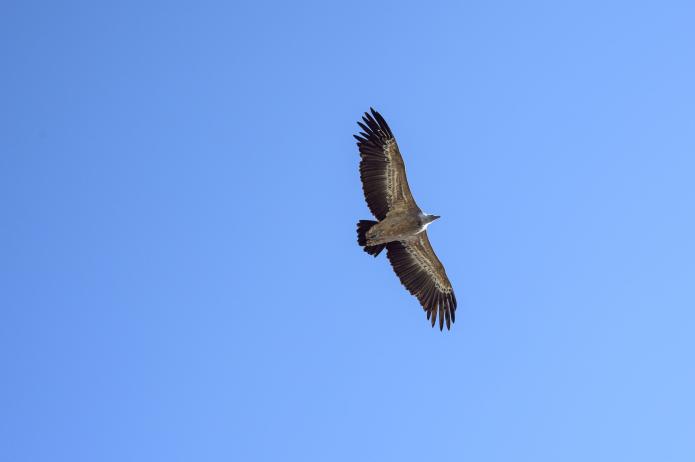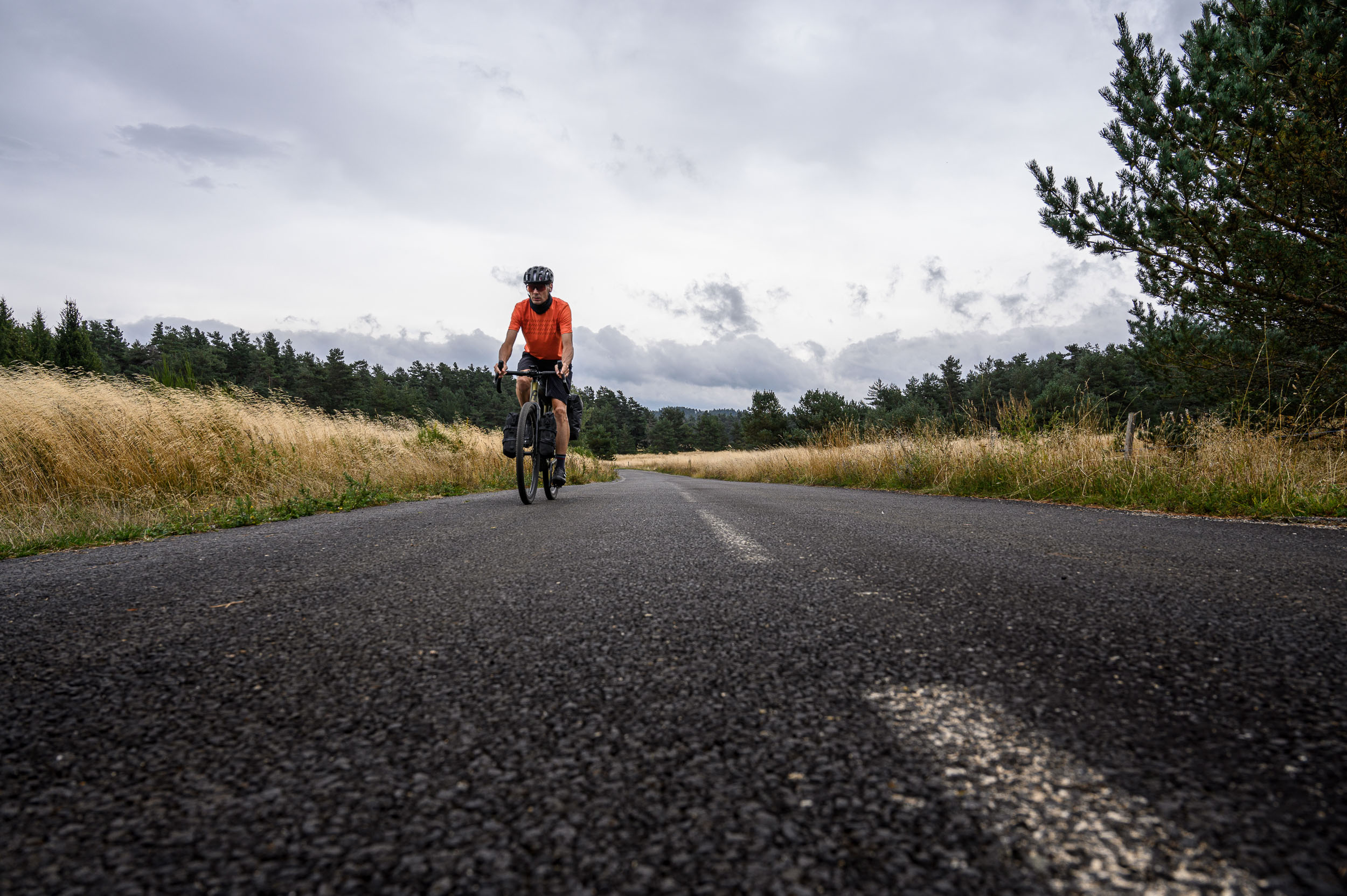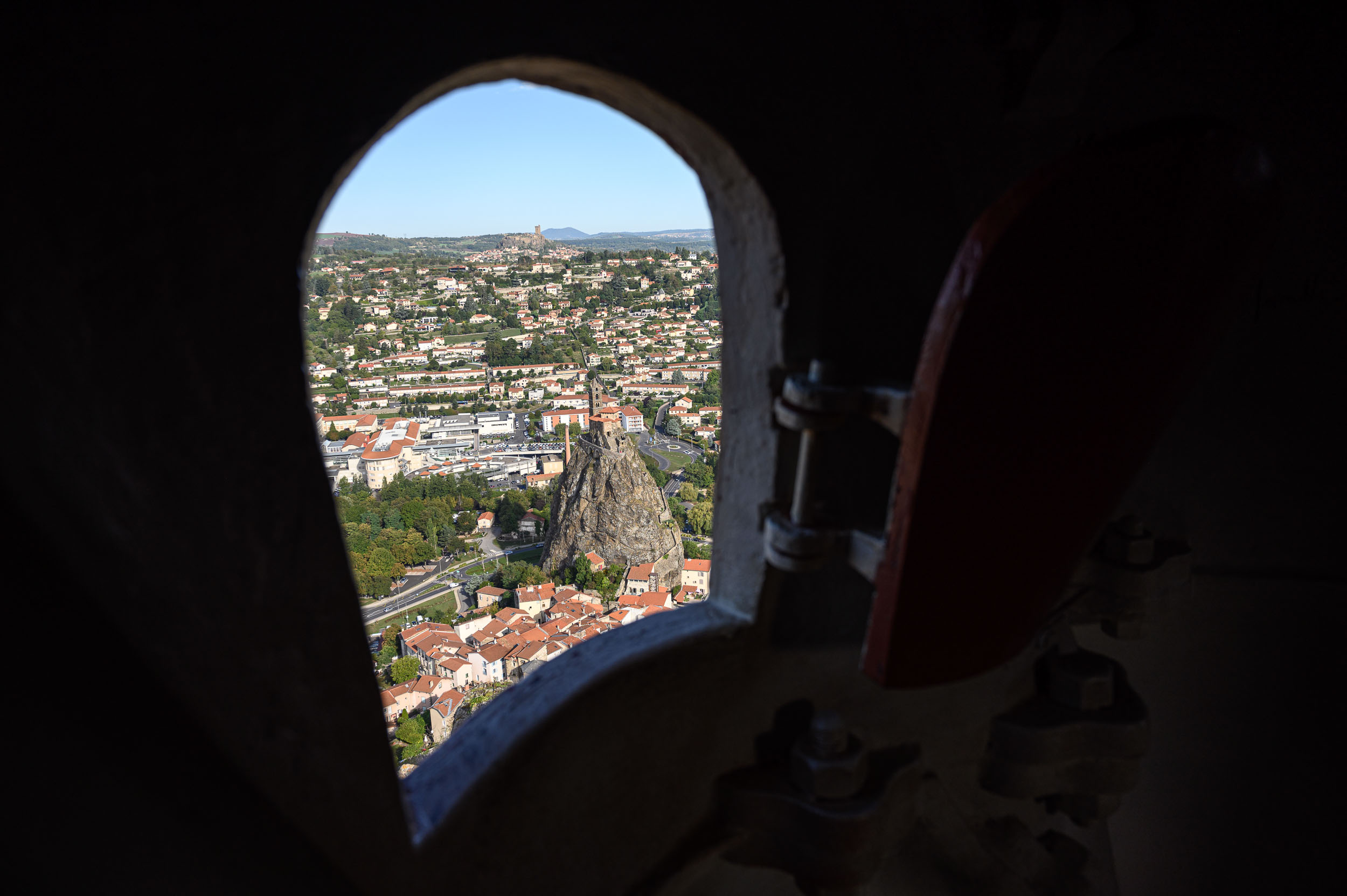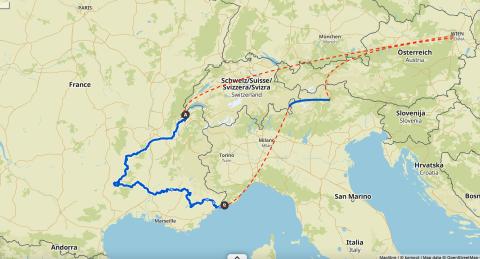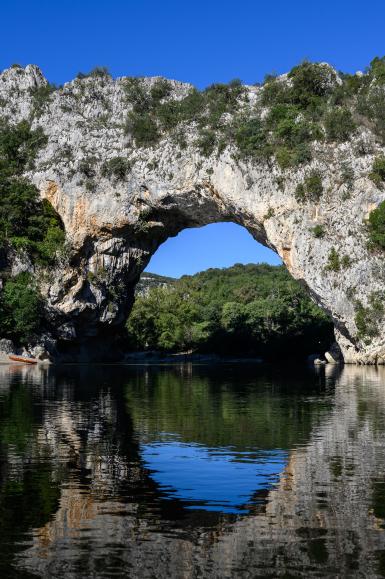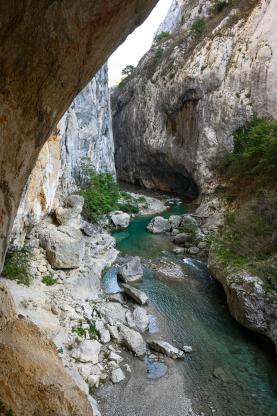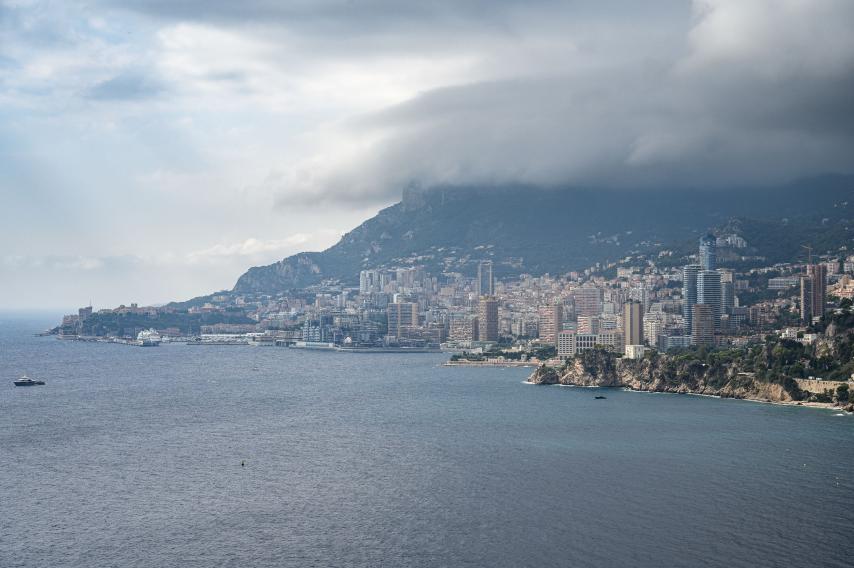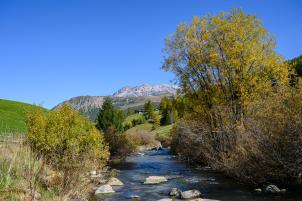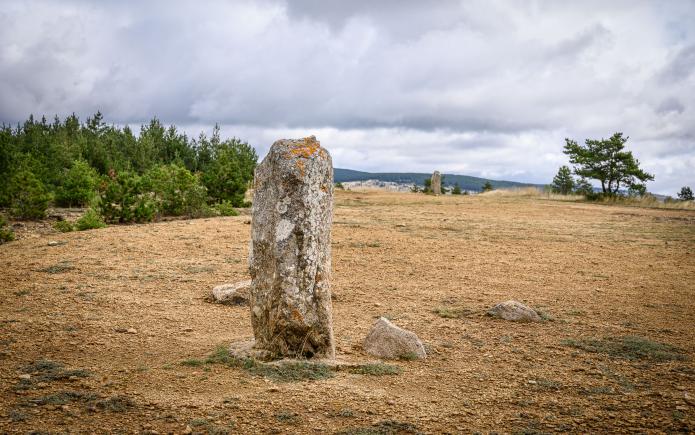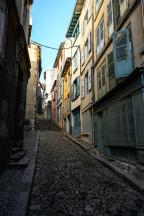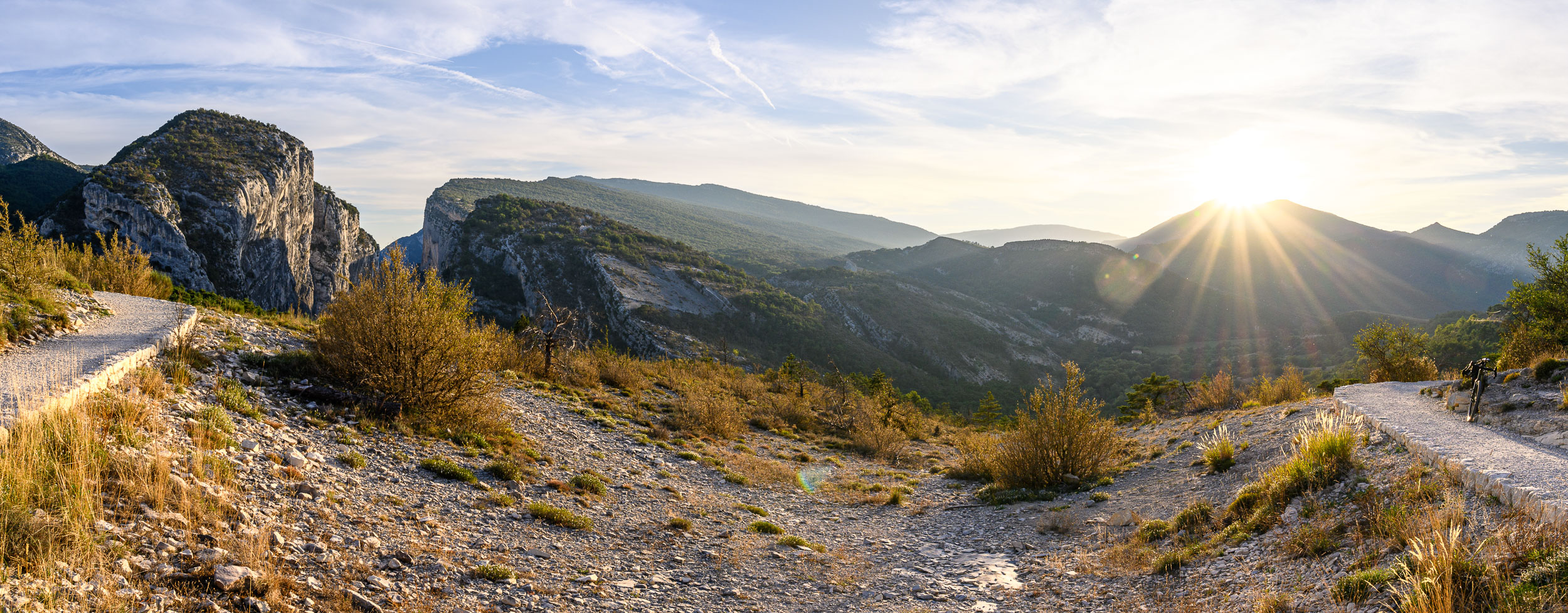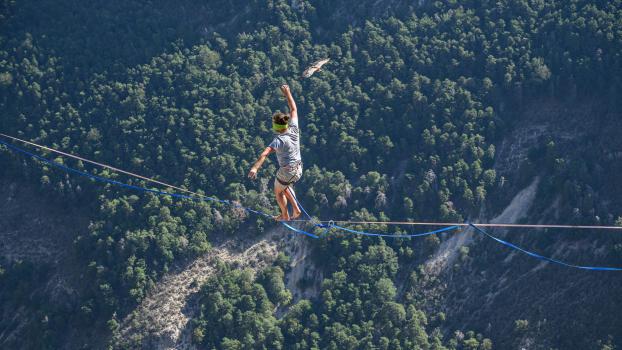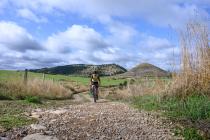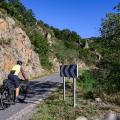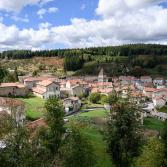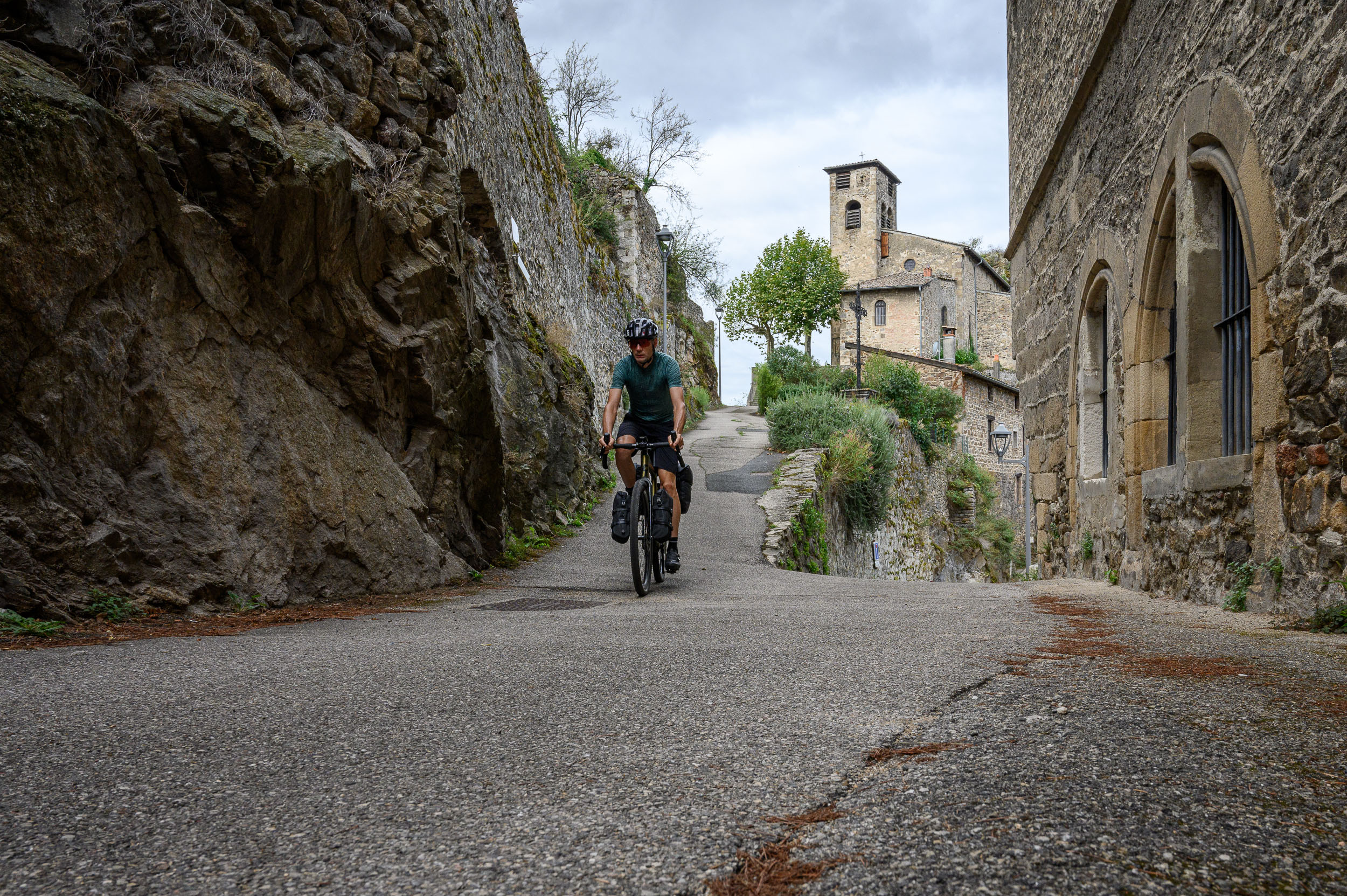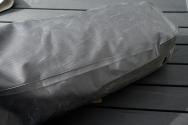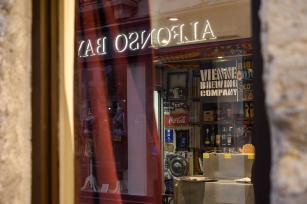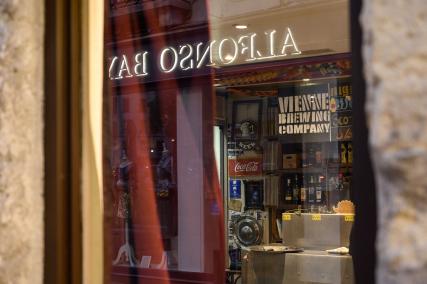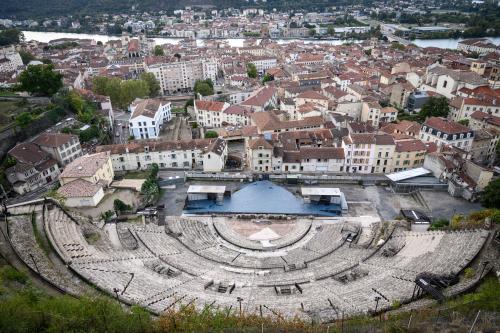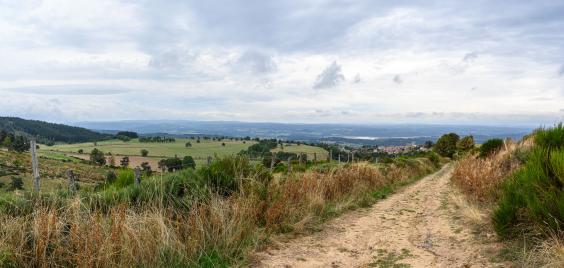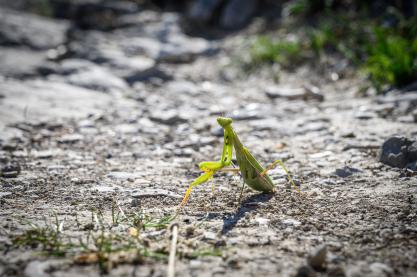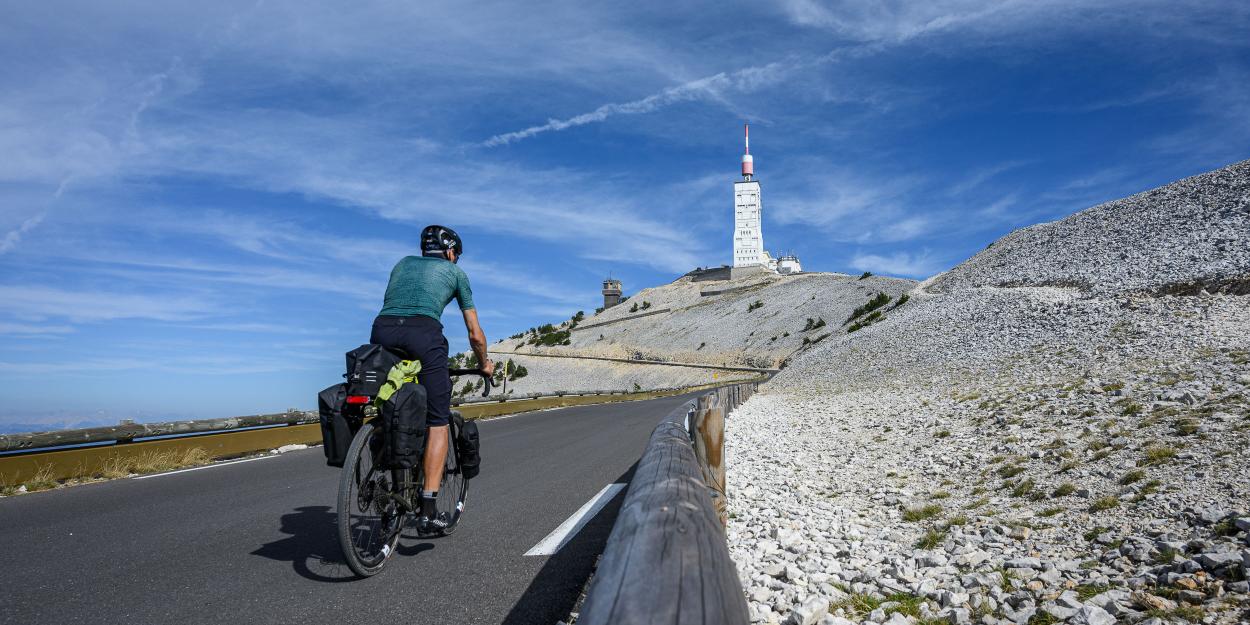
Gorgeous Roadtrip: A Grand Journey
14.12.23 08:38 932023-12-14T08:38:00+01:00Text: Lukas Salzer (translated by AI)Photos: Lukas SalzerOn vacation with the Tailfin System. Practical test of the smart bikepacking products over 1,500 kilometers through Southeast France. Planned as a gravel trip, it was ultimately rescheduled as best as possible.14.12.23 08:38 3222023-12-14T08:38:00+01:00Gorgeous Roadtrip: A Grand Journey
14.12.23 08:38 3222023-12-14T08:38:00+01:00 Lukas Salzer (translated by AI) Lukas SalzerOn vacation with the Tailfin System. Practical test of the smart bikepacking products over 1,500 kilometers through Southeast France. Planned as a gravel trip, it was ultimately rescheduled as best as possible.14.12.23 08:38 3222023-12-14T08:38:00+01:00In November 2022, I wrote the review of the Tailfin products. Much later than anticipated, a brief experience report about the bags and carriers of the British brand now follows.
Unfortunately, plans and time slots for an extended bike trip were repeatedly postponed, and consequently also a meaningful review of the Tailfin products. The USA became Spain, Spain became Iceland, summer turned into spring, and spring into autumn. But good things take time.
At the end of September, the long-awaited start to a three-week bike trip finally took place. And it turned out to be, oh surprise, a trip through the southeast of France that was sometimes very summery despite the late time of the year.
The plan: gravel through gorges
After America, the Iberian Peninsula, and Iceland, Southeast France with its many "gorges" finally popped up as the destination for the gravel trip.By Train and Bike
Some rough data about the tour: 1,507 km, 23,432 meters of climbing and 5,321 gear shifts is what the sober analysis of the Garmin shows.
As for the number of gummy bears consumed, we can only speculate. But one thing is certain: they played a significant role in the success of the journey. And the trip itself was far more beautiful and also tougher than the bare numbers of my Garmin would suggest.
In addition to the primary travel destination of Southeast France, the route also took a bit of Italy under the wheels and touched a small, but fine piece of Switzerland.
The journey there was by train, originally from Vienna to Geneva.
Le Grand Depart in Geneva unfortunately fell victim to intense rain. On short notice, the start was moved to dry Lyon and the planned route was changed for the first time. So, the route shown here with a start in Geneva does not entirely correspond to the actual journey.
Also due to the still prevailing summer temperatures in the south and the sometimes poor road conditions, the originally planned course changed several times.
Vienne - Puy en Velay - Langogne - Florac - Vallon Pont d’Arc - Orange - Montbrun-les-Bains - Sisteron - Digne-les-Bains - La Palud sur Verdon - Puget-Théniers - Ventimiglia - Tirano - Prad am Stilfserjoch and the beautiful Klausen were the final stage locations along the journey.
Thus, among other things, on the connoisseur's menu of scenic highlights: the Gorges du Tarn, Gorges de l’Ardèche, Gorges du Verdon, and many other, no less spectacular river valleys and gorges.
Add-on in the Tri-border Area
The two days saved at the beginning of the trip made it possible to enjoy two even more beautiful cycling stages at the end.
From Ventimiglia, the original end of the trip, a train transfer via Milan to Tirano took place, followed by a spectacular train ride with the Rhaetian Railway to the Bernina Pass the next day.
The Swiss Alps presented themselves in perfect autumn weather. In early October, there could have just as well been 20 cm of fresh snow at an altitude of 2,300 meters. More than a successful compensation for the cold, wet days at the beginning of the trip!
From Ospizio Bernina, the route continued over Livigno and through Val Mora to Prad am Stilfserjoch. Prad is a place of historical significance for me personally: Here ended in 2020 the Bikeboard story of the legendary Komplizentour at the coffee house Kuntrawant.
Just like back then, I finished the stage with an excellent cup of coffee in said establishment and reflected once again on that wild tour - not least because the partly washed away single trail to Val Mora had turned into a kind of "Komplizentour light" on this day...
After a relaxed final stage along the Via Claudia Augusta and a worthy conclusion with the best South Tyrolean cuisine, the train took me from Klausen via Innsbruck back home.
Gorges Gravel - not
The ride through the southeast of France was particularly impressive with its landscape potpourri and with regions that one would expect on other continents, but not in a small corner of Europe: Spectacularly beautiful gorges, lovely hilly landscapes, deep valleys, rugged rocks, bare mountain peaks, and emerald green waters actually inspired me to the title "Gorges Gravel", or in German perhaps "durch Schluchten schottern".
Why did I not stick with this formulation?
Graveling turned out to be quite strenuous off the tourist bike routes, unfortunately, all too often. And this, even though I had taken care to choose paths that corresponded to my interpretation of gravel when planning the route.
Too many gravel tracks ended in a wild rodeo ride, which - if at all on a gravel bike - only made fun with good riding technique and without luggage. The ridge walk between adventure and drudgery was usually a narrow one. Especially the gravel ascent to Mont Ventoux has burned itself into my memory, this was a tough and extremely sweaty affair.
On the other hand: Astonishing how bravely the Rose Backroad along with the Tailfin attachment coped in such terrain. Man and material were faced with quite a few challenges, but fortunately, everything remained intact apart from three flat tires, a set of brake pads, and a few battered bags.
In the end, graveling only made up a small part of the route - even if the photos suggest otherwise. Nonetheless, they were 1,500 beautiful kilometers on surprisingly lonely roads, old railway lines (such as the Via Fluvia or Voie Verte), forest and farm tracks.
My tip, if you're flirting with a trip to this area and have never been there before: Stick to the small side roads and enjoy the landscape, or take the mountain bike like the locals.
Stay on the small side roads and enjoy the scenery, or take the mountain bike like the locals do.
My Southeast France Cycling Trip TipInstead of a title announcing an epic gravel adventure, a different, more fitting, and more honest title had to be found for the bike trip: Gorgeous Roadtrip - Un Grand Voyage hits the mark much better.
Of course, there is much more to tell about the journey, but I will never be a friend of grand words. I always prefer to let pictures do the talking.
So enjoy the images with a good cup of tea and Christmas baking. May they be an inspiration for your future adventures and let you forget the gray winter routine for a brief moment!
About the Tailfin Products
As I mentioned at the beginning: The ultimate overview of the Tailfin products I used, along with impressions of installation and handling, is already available. After a good year of practical testing, it's now time to share further experiences I've had with the cargo carrier system with you.
For everyday use and short trips, I always use the thru-axle along with the quick-release on the rack. However, for the trip to France, I did without the quick-release on the rack and the associated Tailfin thru-axle.
Thanks to the existing mounting points on the frame, the Tailfin was screwed directly onto the bike. Fewer screw connections, fewer potential sources of error, that was my reasoning.
Additional advantages: In case of a flat tire, you don't have to remove the rack because it is not connected to the thru-axle. Plus, you save up to 60 grams in weight.
Speaking of weight: If anyone is interested in how much my bike weighed with luggage, I didn't weigh it. Thanks to the maximum allowable load of 24 kg on the rack, such nitpicking is technically unnecessary. And practically, one or two kilos more or less don't make a big difference.
For a delicious baguette and gummy bears, a dry spot always had to be kept free.
Old bikepacking rule: n-1It was important for me to test all the bags to gain experience for future trips. And: A dry spot always had to remain available for a delicious baguette and gummy bears.
I didn't compress the contents of the bags much, which made packing very comfortable and also helped to keep things more organized.
Top Functionality
I can fully confirm the great functionality of the Tailfin products already postulated in the first report. I would like to particularly emphasize the rear panniers for their ease of use.
Mounted in a flash, they hold firm without any play. And accessing the contents is significantly faster than with the Top Trunk Bag.
The stability of the rack should also be emphasized. The bike can be ridden sportily even with a decent load, and because nothing at the rear has any play or wobbles, one automatically has more confidence in the bike.
The Top Trunk Bag proved to be surprisingly spacious and significantly more capacious than expected. The travel provisions always found a place inside despite the supposed full load. However, quickly taking out a piece of clothing never succeeded as elegantly as from the aforementioned side pockets.
For lunch breaks, it was often sufficient to open the rear closure to be able to unroll the bag far enough. But to access the clothing, the bag usually had to be removed.
Seen in this light, the option with the Top Trunk Bag attached to the carrier would not be an option for me.
The minor mishap that the compression straps on the Top Trunk Bag slipped down occurred occasionally, but mostly due to carelessness.
Following the advice of Bikeboard user Golo (the globetrotter has often used the Tailfin system on his travels), the compression straps were not crossed just to be safe. This prevents the straps from slipping down but can lead to problems and torn tabs on the bag in the long run.
Far better than expected: The bags on the fork
Although the front bags are a bit fiddly to mount and always wobble a little during the ride, they have surprisingly positively influenced the handling of the bike. The slight wobble was not felt at the handlebars, and the bike rode much more neutrally due to the load on the front wheel. And in loose gravel corners, there was noticeably more traction on the front wheel.
You do notice side winds more when using the Cargo Cages with bags, of course, but this was never unpleasantly disturbing during the journey. And rattling or other, unwanted noises are unknown to the "Frontloaders" - as is everything else from Tailfin. So, if something should rattle after all, it is best to stop immediately and double-check if everything is mounted correctly.
An important loading tip: Avoid hard objects that completely fill the bags. Because the coating of the bags rubs off more quickly than you might think with sloppy mounting.
Also, you should definitely buy the Cargo Straps in the right length, or shorten them if necessary. With straps that are too long, you spend a lot of time properly stowing the excess length - not least because the loops on the straps are very tight and the belts do not pull through well.
Darned and stuck on
Regarding the material of the bags, they did show some signs of battle scars. However, that's less due to a lack of robustness than to the fact that there are very many sharp-edged stones in Southeast France.
At my usually numerous photo stops - as a passionate landscape photographer, you often, very often stop - it only takes leaning the bike carelessly against sharp-edged stones once or twice, and it happens: The bag is scratched or even has a cut.
A few abrasion marks can be seen after the first year, including the now hardcore use. But for the time being, I have no fear of water ingress due to worn areas.
The small cut on one of the side bags is a pity, but with a layer of fabric tape inside and out, it hopefully remains tight enough for a long time.
Also there, where on the outside, again due to a lack of attention on my part, some of the coating is missing and the fabric comes through, there was no water ingress, since the bags are also waterproof coated on the inside.
The affected areas were simply taped over with a bit of fabric tape, which worked very well on the trip.
Basically, I would consider the material, as long as you take a little care of it, to be absolutely suitable for travel. Those who want it more robust can opt for Tailfin's 22-liter side bags.
Always good: Fabric tape
weighs nothing, helps a lotTwo practical tips: A little bit of fabric tape should not be missing on a tour, because it weighs practically nothing, takes up hardly any space when rolled up on a piece of cardboard, and fixes an incredibly large number of things.
And for preventive purposes: Since the 5L bags on the fork extend significantly beyond the medium-length cages, it can actually happen that these - depending on the contents - rub against the fork. This does not affect the functionality, but for safety, you should tape the fork before a longer trip, then there will be no unsightly marks afterwards. Under normal circumstances and as long as you pay a little attention to the distance from the fork, there will be no problems.
Make a wish
Overall, the Tailfin system is already very well thought out and mature. Nonetheless, there are a few details that could be improved in the future.
Unfortunately, the loops on the Cargo Straps are very tight, and there could be some improvement there.
The fixation of the compression straps on the Top Trunk Bag should be revised, in my opinion. Here, extra loops for securing the straps to the bag would be quite practical. Or possibly a horizontally adjustable strap that connects the two vertical straps.
Attaching the Top Trunk Bag to the carrier could be refined a bit more. If the pins had better guidance and would snap into place on the carrier by themselves, the installation would be even faster and easier.
Currently, one has to manually pull the pins and precisely hit the position of the holes in order to mount the bag. With side bags mounted, this is not as easy as desired due to the lack of space for the hands.
And Tailfin has already granted one last wish while I was writing these lines: "If the fork bags could be mounted not with the Cargo Cages and Straps, but a similar system to that used for the side bags on the rack could be created, that would be brilliant," I had thought. "Even if that would naturally increase the weight by a few grams - it would be very beneficial to handling." And lo and behold: The Brits have recently added exactly that under the name Fork Pack to their lineup.
On the other hand, the Cages are universally applicable in terms of the shape and size of the luggage piece, which is also an advantage not to be underestimated.
Conclusion
After a good year of use, I am more than satisfied with the system. Even if the initial costs are high, I still clearly recommend buying it.
Whether it's commuting, a weekend trip or a cycling tour, and no matter which bike: Thanks to Tailfin, you always have a suitable solution for carrying luggage at hand.
| By Train and Bike |
| Add-on in the Tri-border Area |
| Gorges Gravel - not |
| About the Tailfin Products |
| Top Functionality |
| Far better than expected: The bags on the fork |
| Darned and stuck on |
| Make a wish |
| Conclusion |
| Links |






